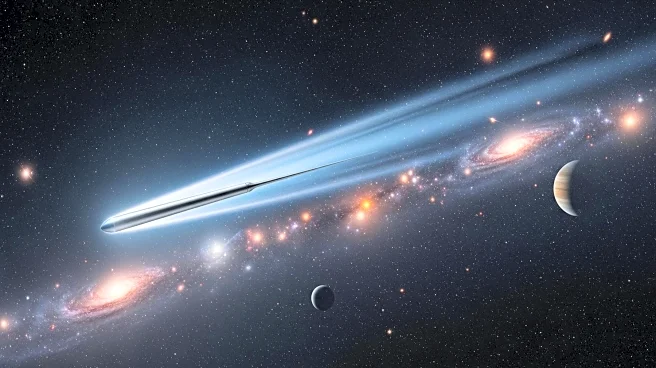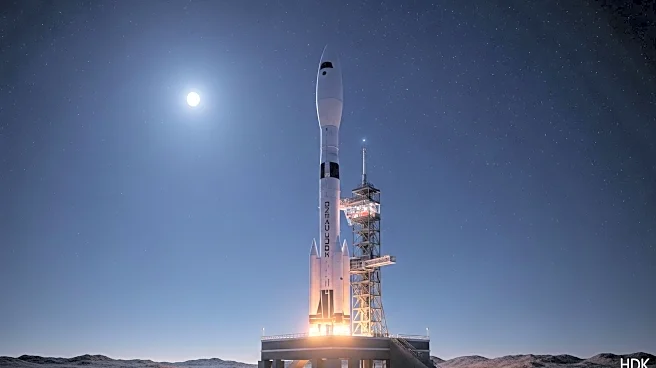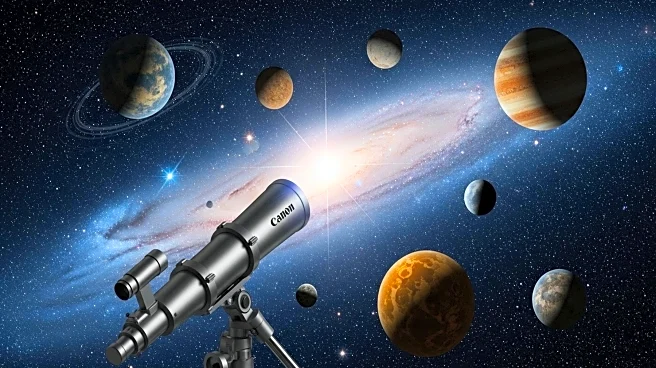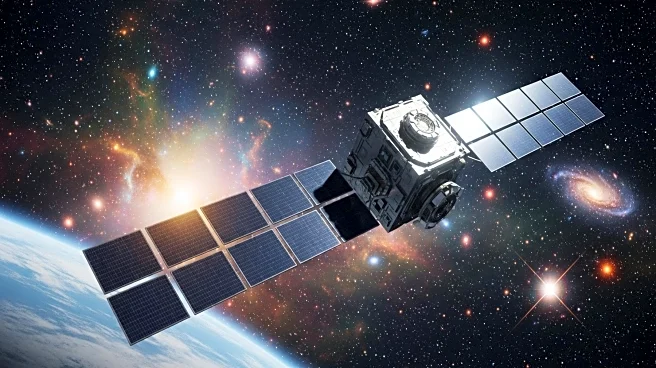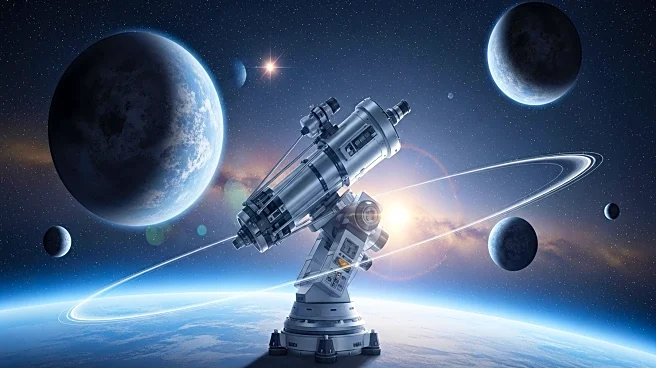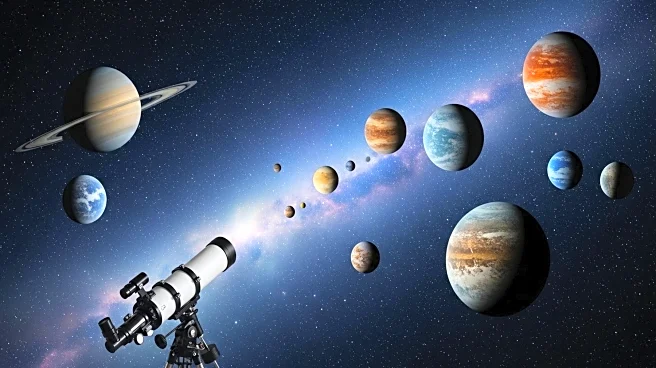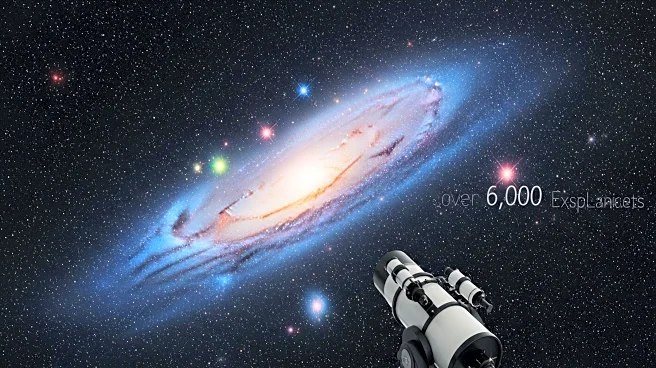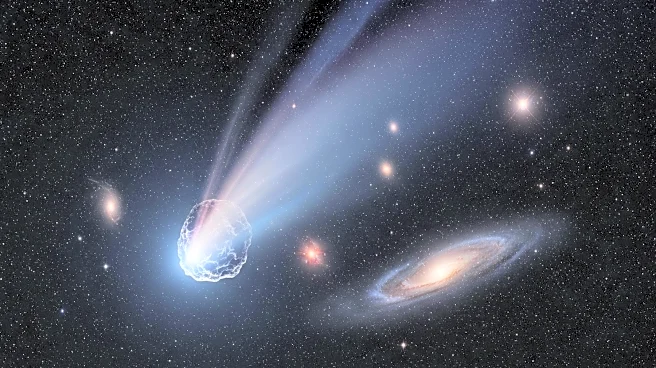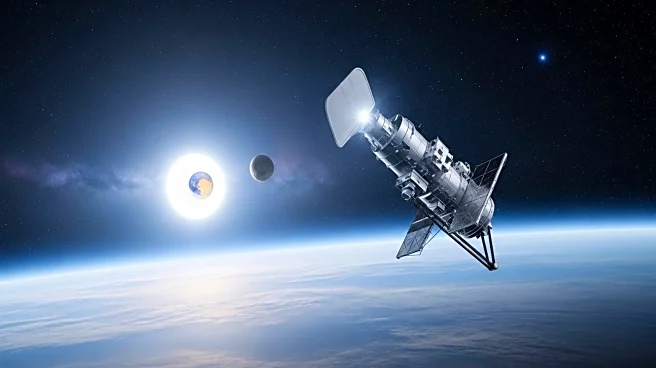What is the story about?
What's Happening?
NASA has reached a significant milestone by confirming the existence of 6,000 exoplanets, showcasing a wide array of alien worlds beyond our solar system. These exoplanets include a variety of types, such as fiery giants, planets with lava oceans, and those with clouds of gemstones or the density of Styrofoam. This achievement underscores the growing capability of scientists to discover and study planets orbiting stars outside our solar system. The tally of confirmed exoplanets is maintained by NASA’s Exoplanet Science Institute at Caltech’s IPAC in Pasadena, California. The discovery process is ongoing, with more than 8,000 additional candidates awaiting confirmation. This milestone comes three decades after the first exoplanet was confirmed around a Sun-like star in 1995, marking a significant advancement in the field of astrophysics.
Why It's Important?
The confirmation of 6,000 exoplanets is a testament to the advancements in space exploration and technology, providing valuable insights into the diversity of planetary systems. This discovery has implications for understanding the formation and evolution of planets, as well as the potential for finding Earth-like planets that could host life. The research contributes to answering fundamental questions about the universe, such as whether we are alone. The ongoing efforts by NASA, including the upcoming Nancy Grace Roman Space Telescope and Habitable Worlds Observatory, aim to further explore these distant worlds, potentially leading to groundbreaking discoveries about habitable conditions beyond Earth.
What's Next?
NASA plans to continue its exploration of exoplanets with upcoming missions like the Nancy Grace Roman Space Telescope, which will employ advanced techniques such as gravitational microlensing to discover new exoplanets. The focus will be on finding rocky planets similar to Earth and studying their atmospheres for biosignatures. The development of new technologies to block starlight is crucial for observing these planets directly. NASA's efforts, including the Roman Coronagraph, aim to enhance the ability to detect and study Earth-like planets, paving the way for future missions that could identify habitable worlds.
Beyond the Headlines
The discovery of diverse exoplanets challenges existing theories about planetary formation and the conditions necessary for life. It raises ethical and philosophical questions about humanity's place in the universe and the potential for life beyond Earth. The technological advancements required for these discoveries also drive innovation in other fields, highlighting the interconnectedness of scientific research and technological development.
AI Generated Content
Do you find this article useful?


